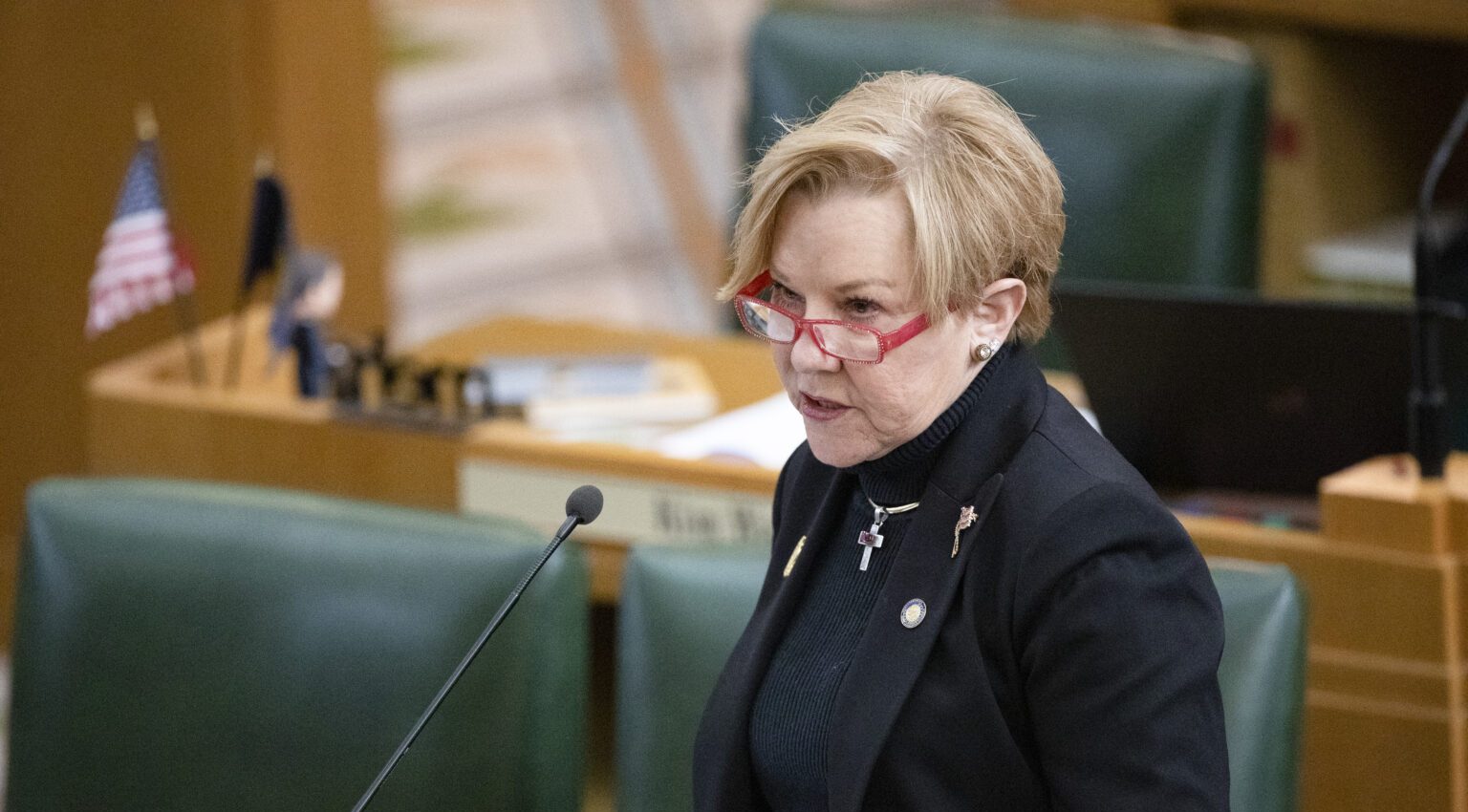Stanfield city manager offers reasons for raising salaries
Published 5:49 pm Thursday, February 13, 2014
The editorial board of the East Oregonian needs to base their opinions on more information than their own newspaper provides.
Your Feb. 7 opinion (Tip of the hat; kick in the pants) neglects to mention that the Stanfield City Council ordered that a public hearing be scheduled March 4.
Yes, that was an opinion piece, but opinions, especially those of a newspaper, should be based on facts. Here are some facts:
At $2.59 per $1,000, Stanfield has a lower tax rate than any city in Umatilla County. We also have one of the lowest tax bases, due to the low assessed value of properties in Stanfield. We collect about $150,000 per year in property taxes, which works out to about $71 per citizen per year.
Even at such a low rate, properties in Stanfield are still in property tax compression.
Local option levies are subject to this compression, and also require a double majority to pass (a majority of the votes on a ballot measure voted on by a majority of the registered voters in the city.)
Stanfield decided to look into a public safety fee, not only because of the difficulty of passing such a levy, but because of the time required. We need to attract qualified personnel now.
Stanfield is not seeking to fund five police officers, it is seeking four.
Stanfield has nearly twice the police activity of Pilot Rock, a city noted in the opinion piece as comparably sized. Unlike Pilot Rock, Stanfield is right on Interstate 84, and attracts much more traffic, criminal and otherwise.
Stanfield has lost, on average, one officer per year to other cities and counties over the last 15 years. In just the last week, we lost two. We are now down to one full-time officer (our police chief) and one part-time patrol and code enforcement officer, who just started last Saturday.
Stanfield will hold a public hearing March 4 at 7 p.m. at the city council chambers at 150 West Coe Avenue in Stanfield to hear from the public on this proposed solution to our public safety problems, as well as any other solutions others might have.
While the East Oregonian is correct that the city council chose (at this time) not to pursue a local option levy, it fails to note the wider circumstances of Oregons failing property tax system, which has frozen property tax rates at a twenty-year-old rate that does not take into account changing times and needs. This tax rate, along with the other restrictions on local property taxes, is not enough to fund a single police officer.
Even if the city chose to pursue a local option levy (which you label as representing constituent wishes) and such a levy were approved, Oregons property tax compression would come into play and decrease any voter-approved funding. How is that democracy?
The East Oregonian seems to suggest that Stanfield should shut up, sit down, and be happy with what others think is sufficient for their needs. In a city where we seldom see anyone besides elected officials and staff in attendance at city council meetings, I welcome suggestions from this publication and anyone else on how we can get a majority of registered voters to participate in an election.
Stanfield is a democratic institution. Its police department is not a protection racket but a few (currently only one and a half) valiant individuals striving to serve and protect the public with minimal resources. The East Oregonian would do well to investigate the real problems faced by small cities like Stanfield, rather than criticize us for using one of the few options we have. The editorial boards piece makes it appear that it is the East Oregonian that is in need of a remedial class in democracy and journalism.
Blair Larsen is the Stanfield city manager.





